[divider]An exciting trio of cues[/divider]
The trio of Lizard At School !, Saving New York and Oscorp Tower make up an astonishing 14 minutes of action music that run the gamut from despair to triumph.
Lizard At School !
The Lizard attacks the school in an attempt to blindside Peter Parker. His first move is to destroy the toilets. James Horner returns to the icy strings and trombone accompaniment introduced in Peter’s Suspicions. At 0’30 and 1’04 a series of orchestral hits mimic the devastating blows to the school infrastructure. Peter is perfectly happy to dodge the bullet until at 1’13 (an electronic pause) he slips into his costume and emerges as Spider-Man (1’22). The mood lightens somewhat as James Horner relies increasingly on the heroic main theme. The odds are evened out even as the beast relentlessly continues trashing the building (2’02). At 2’26, however, heroic strings return, accompanying Peter’s successful attempt to isolate Gwen from the Lizard.
The school fight ends with the arrival of the police, who surround the buildings and force the Lizard to flee. Meanwhile, Spider-Man finds the Lizard’s secret lab in the sewers and discovers the villain's intention to transform all New Yorkers into lizards with a biotoxin he intends to release from the top of the Oscorp building. Peter warns Gwen, who hurries off to try and distill an antidote.
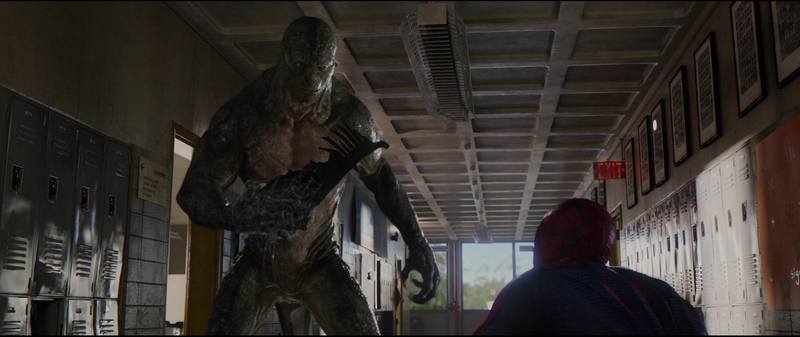
Saving New York
The Lizard emerges from his hiding place and proves resistant to the police’s bullets, since his reptile skin regenerates immediately. He immediately directs his attention to the Oscorp Tower.
Hot on his heels, Spider-man runs into special forces who have arrived on the scene. At 0’47, brass shrieks are heard as a cop tears his mask off, but Parker weaves a web and manages to escape without being recognized. Only Gwen’s father is left standing. Their encounter is scored rather epically for choir and Lisbeth Scott’s voice, and appropriately so, for this is when chief Stacy recognizes Gwen’s new boyfriend. Peter appeals to him: "That thing is on its way to the Oscorp building and that’s also where your daughter is right now. You have got to let me go." Realizing what is at stake and inspired by the love of his daughter, Chief Stacy lowers the gun. Spider-Man rises to a solemn statement of the main theme (1’39), puts on his mask and soars to the skies. However, a stray bullet wounds his leg and leaves the hero crippled. This is where James Horner the emotionalist comes in; transcending the action with music that fully addresses the psychology of the scene. As the bullet hits Spider-Man’s leg, a cymbal crash buries the main theme at 1’52.
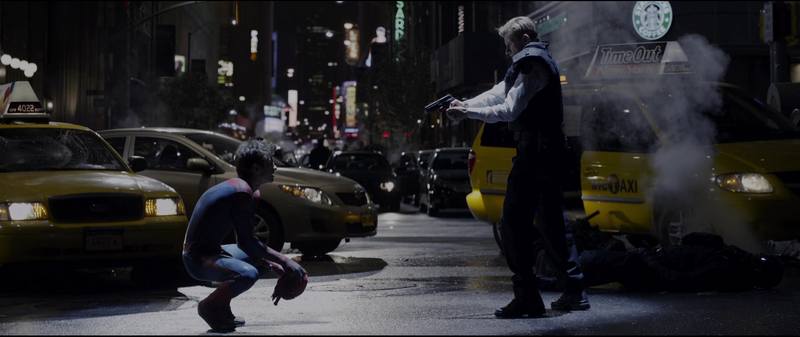
The music gains momentum as the Lizard shatters the tower’s glass entrance. Cut to Gwen in the lab putting the final touches to the antidote. Her hurried movements are scored with electronic rhythms underneath the string material heard in The Karate Kid’s Backstreet Beating. Crashing pianos signal the Lizard bursting into the laboratory. As often in James Horner, the ghost of Györgyi Ligeti hovers over this moment. Gwen hides as best she can, having taken a key that will enable her to switch on a gas canister once she gets to the top of the tower. James Horner indulges in a brief lull before the Lizard finds Gwen out and we hear a shrieking sound straight from Aliens’ Futile Escape. The Lizard steals the key and continues his ascent, leaving Gwen in shock but … holding on to the antidote.
At 3’06 sorrowful strings play over the evacuation of the city and Spidey’s crippled state. Surging brass in Mighty Joe Young style acompany the Lizard’s ascent, followed by another echo, this time from Legends Of The Fall, as the father of the Williamsburg scene sees the events unspoo l on a tv screen and joins forces with his colleagues to realign a set of cranes and clear a road for the wounded vigilante. Spider-Man gathers what strength he has left, a last-ditch effort mirrored by a forceful and yet sensitive piece of music, James Horner returning to massive choral and orchestral strains that recall the fantastic Betrayal cue from Enemy At The Gates. The score becomes epic; the rhythm picks up (a bit like Black Gold’s Battle In The Oil Fields) as the workers make sure the cranes face Sixth Ave. The music reaches a fantastic emotional climax as both the choir and the soloists (Lisbeth Scott and Luca Franglen) rise to heroic hights and Spider-Man prepares for the last series of jumps toward the Oscorp Tower. However, his web turns out to be too short and he goes down, at which point director Marc Webb and composer James Horner insert a moment of anguished silence. Shortly afterwards, Spidey kicks back into action to a thunderous statement of the main theme, possibly the most triumphant and emotionally overwhelming bit of the score. The father of the boy Spider-Man saved on the bridge is more than happy to return the favor. The awe-inspiring orchestral moment captures the protagonist’s heroics and is a celebration of human solidarity.
The lengthy cue concludes at 7’08 with an unreleased and poignant statement of the emotional theme as Gwen reunites with her father. Chief Stacy promises to personally deliver the antidote to Peter, but the pained chords set up a tragic twist, James Horner subtly playing the moment like a goodbye scene.
Oscorp Tower
"I always strive for clarity, especially when it comes to symphonic mayhem." 2
True to his ambition, James Horner scores the story’s overwhelming climax like a wild rollercoaster ride chockablock with furious crescendos all the while hitting specific onscreen events with remarkable precision, much like he did in the climactic Leave No Witness cue from The Mask Of Zorro. And not for one second does he allow the cue to get bogged down in uncoordinated noise.
Spider-Man confronts the Lizard at the top of the Oscorp Tower. The first crescendo (1’00) sees the Lizard gaining the upper hand, as he shouts: "Poor Peter Parker, no more father, no more mother, no more uncle. All alone." James Horner then inserts fifteen seconds of icy electronic material, wisely refraining from sentimentalizing the moment.
"He is not alone!" shouts chief Stacy, who has arrived on the scene with the antidote, galvanising Spidey’s spirits and the score alike. While Stacy slows the monster down, Peter has just enough time to do his trick with the antidote and the biotoxin and James Horner starts another crescendo with the same brassy orchestrations that ended Deep Impact’s Your Best Hope.
As the gas is released, the Lizard and his contaminated victims become human again. Choir defeats the reptilian evil much like it did the evil queen Bavmorda in Willow.
James Horner inserts one last fateful orchestral acceleration as the tip of the tower is destabilized to the point where it can no longer sustain the protagonists, after which it caves in.
[divider]Epilogue[/divider]
I Can’t See You Anymore is a lengthy and poignant cue that showcases the emotional theme as chief Stacy is revealed to be mortally wounded by the Lizard. Before expiring, he makes Peter promise he will keep Gwen far from the dangerous adventures the future has in store for him. George’s last breath is mirrored by soft strings (2’06).
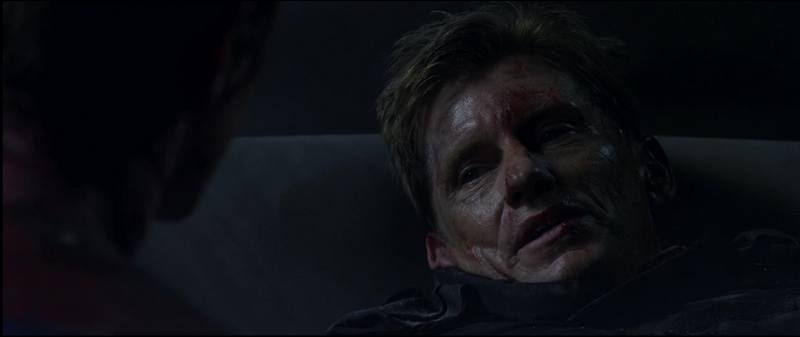
After Ali’s demise in Black Gold (One Brother Lives, One Brother Dies), James Horner again finds a new way to underscore an agony scene. Peter Parker realizes that he has lost another father figure, James Horner subtly enhancing his cries of desperation.
Soothing piano restores calm and the city recovers from a terrible conflict, while Doctor Connors, who has regained his sanity after being exposed to the antidote, is dragged off to prison.
Peter returns home (3’52) and, in a touching display of set-up and pay-off, hands over to his aunt the eggs she had asked him to get at the sart of Becoming Spider-Man, right before the fight that would drive them apart for such a long time. The soft and delicate reconciliation scene is scored, again, for piano.
After her father’s eulogy, Gwen looks Peter up trying to find out why he wasn’t there to mourn her father with her. True to his promise, Peter breaks up with her (5’40), at which point James Horner brings in a grave and poignant statement of the emotional piano theme.
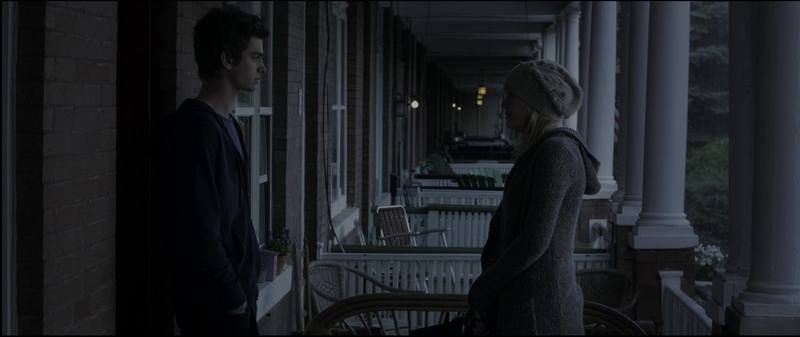
The album’s last cue, Promises/Spider-Man End Titles, opens with a beautiful oboe solo as Peter finds comfort in uncle Ben’s last phone call. On a bed of soft strings, the piano bids farewell to the score and the movie but also reminds Peter of the emotional distance between the two lovers. Gwen is outraged by Peter’s promise to her father and waits for Peter to reach out for her… which happens a few seconds later.
The movie ends with a montage of Spider-Man soaring over the streets of New York. The main theme is given a complete work-out, as a triumphant hymn to the webslinger.
The end credits open to a delicate reprise of the tragic emotional theme of the movie heard toward the end of Saving New York and regrettably leaves James Horner little chance to develop the theme further in the kind of fully fleshed-out end title suite that he usually caps his scores with. As with Avatar, an end title suite is sorely missed here.
[divider]Afterthought[/divider]
For Greater Glory and Black Gold were movies set in the past that James Horner greeted with film music of the olden days. The Amazing Spider-Man sits quite comfortably in the company of Avatar and The Karate Kid, movies and scores with a contemporary slant. But if Avatar saw James Horner covering new ground, The Amazing Spider-Man is a continuation of that style, with an elegant mix of electronics, orchestra and vocal elements. All three movies feature fun and contemporary-sounding scores consisting of various (and varying) musical elements, showing James Horner once more as a master of his craft, both as a musician and as a dramatist.
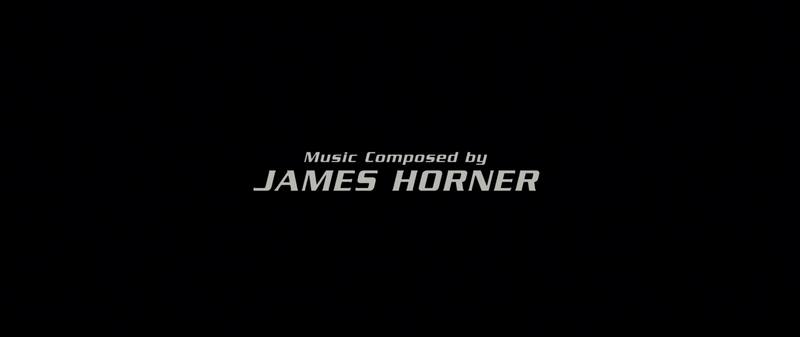
A final few notes on the score’s electronics: in 2004, James Horner composed a predominantly electronic score for Beyond Borders. Jean-Christophe Arlon commented on the all-electronic ten-minute cue Cambodia II and suspected James Horner was venturing into unfamiliar territory, a new and experimental field filled with promise. Avatar too might have sown the seeds for future development and experimentation, the first results of which are The Karate Kid and The Amazing Spider-Man. The arrival of music arranger Simon Franglen might have something to do with that. He has added new electronic colors to James Horner’s palette, although Ian Underwood, who has worked with James Horner since Wolfen, is never far away. Also, James Horner’s orchestral writing is still more than solid and personal enough for it not to succumb to the growing presence of electronics. The studios might want composers to rely more heavily on electronic color and rhythm, James Horner always finds a way to make these electronics help film music along instead of defacing it. And lest we forget, electronics have always been a part of James Horner’s scores. Never has this composer sacrificed orchestral depth and symphonic breadth to electronic constraints.
After a short absence from the silver screen, Spider-Man re-emerges as New York’s webslinging saviour, and in doing so, he has given James Horner another opportunity to weave a web of stars.
Bibliography:
1 Deux Hommes D’Exception. By Jean-Christophe Arlon, Dreams Magazine, 2001
2 James Horner, messager du vent. By Jean-Christophe Arlon et Didier Leprêtre, Dreams Magazine 2002.
Special thanks to Etienne Walter, Kjell Neckebroeck and Nick.
Image credit: © Sony Pictures / Columbia Pictures / Marvel Characters Inc.



